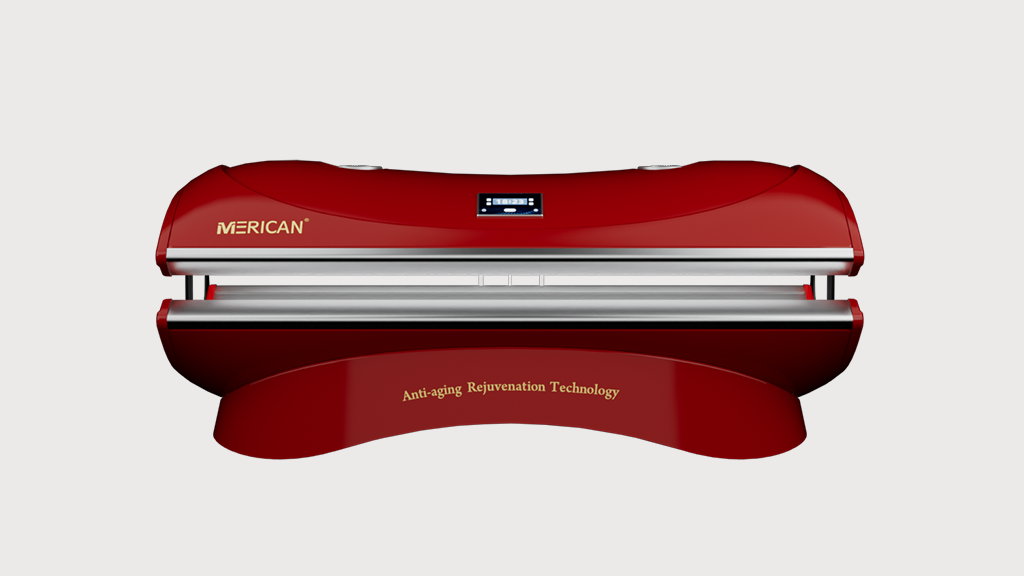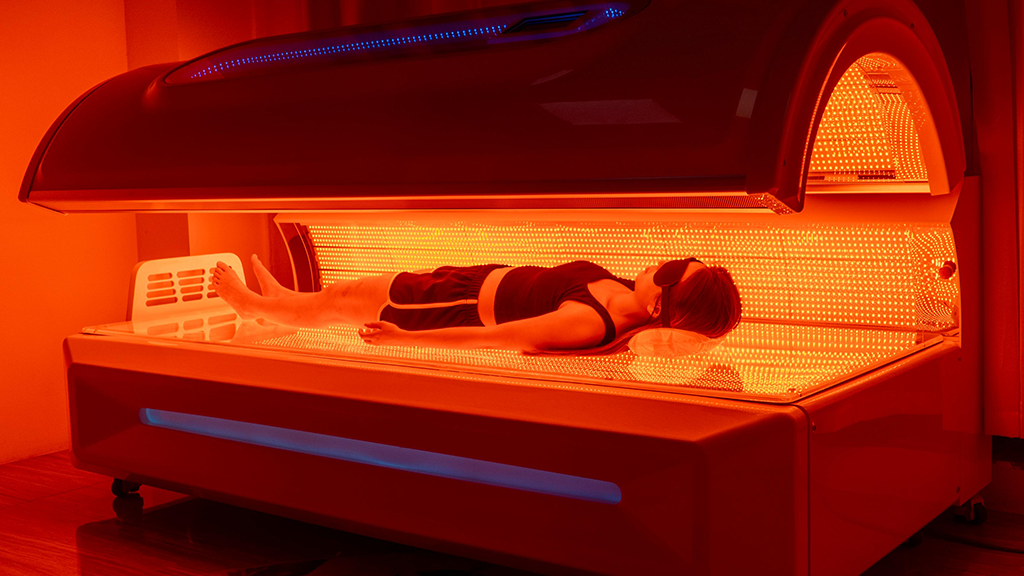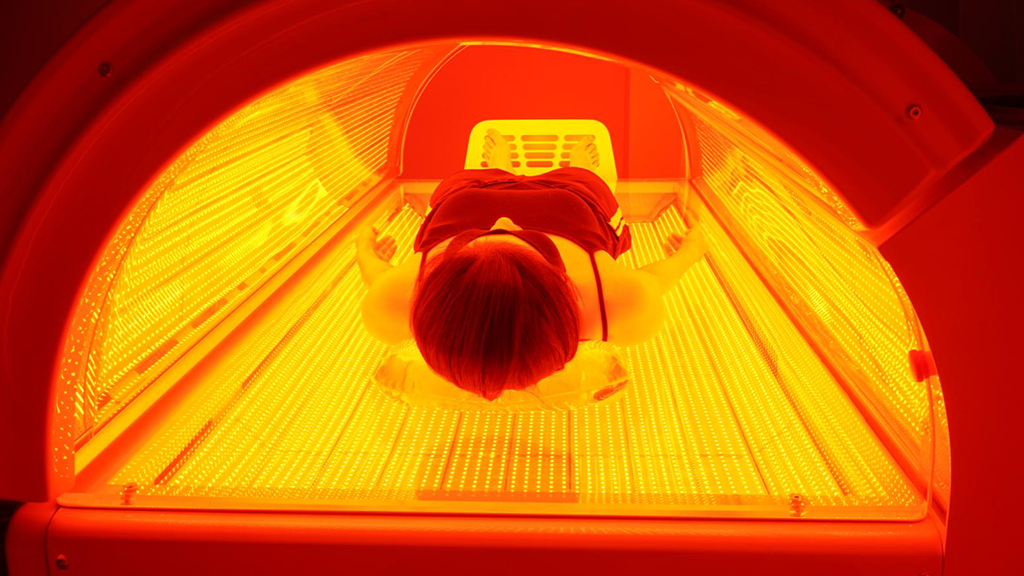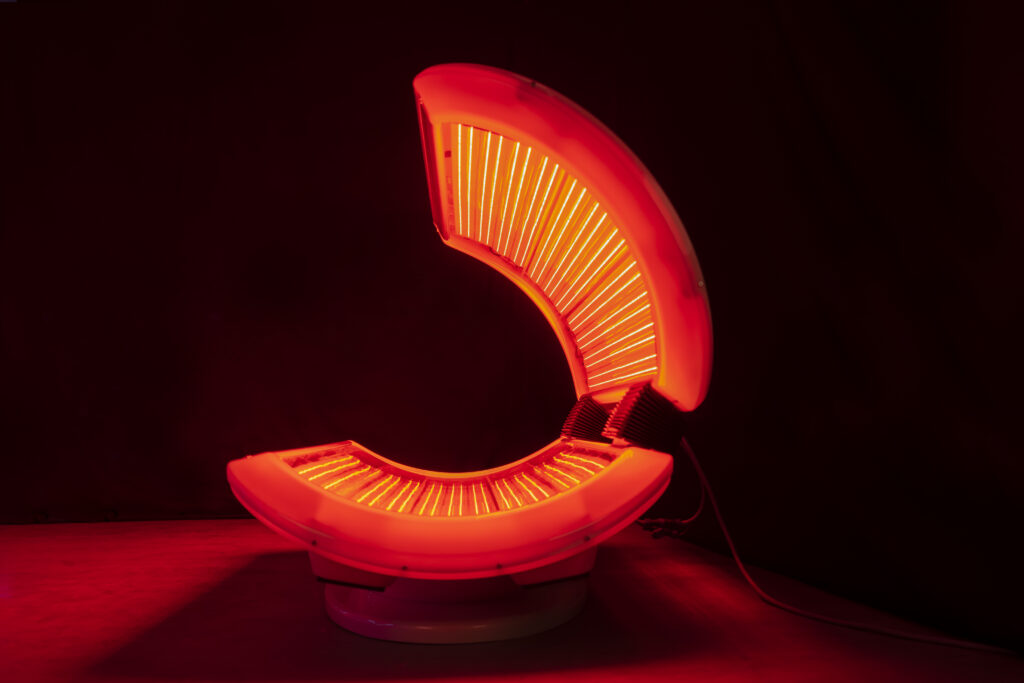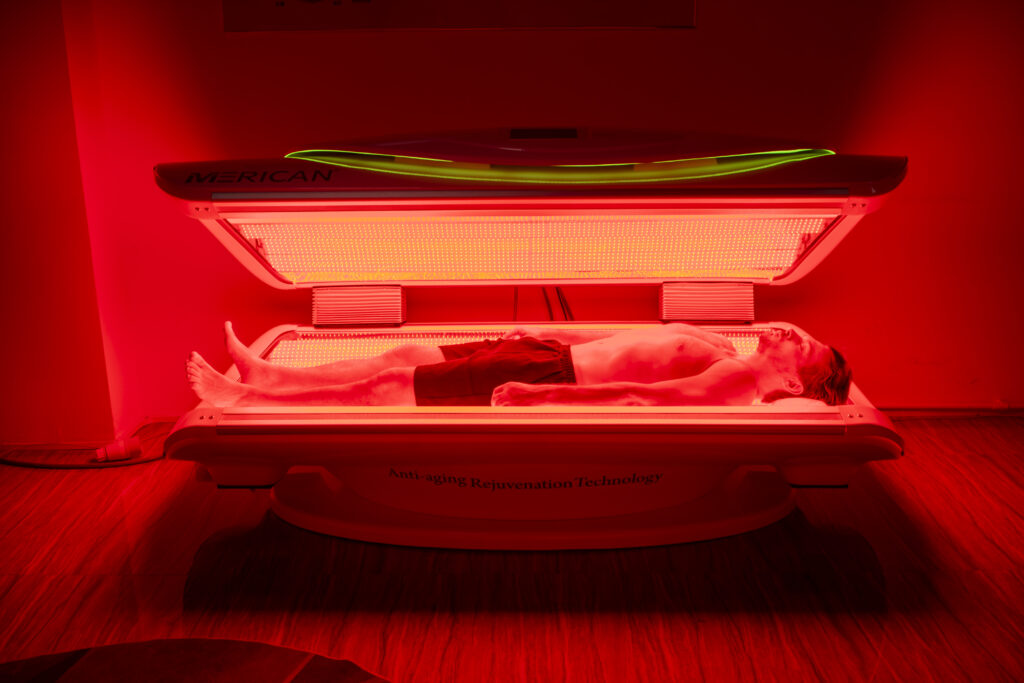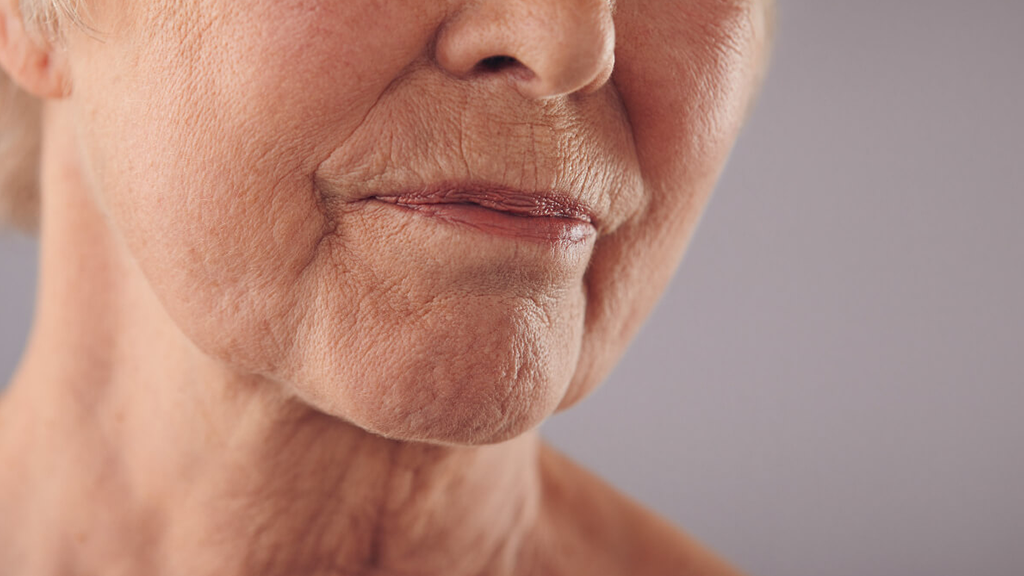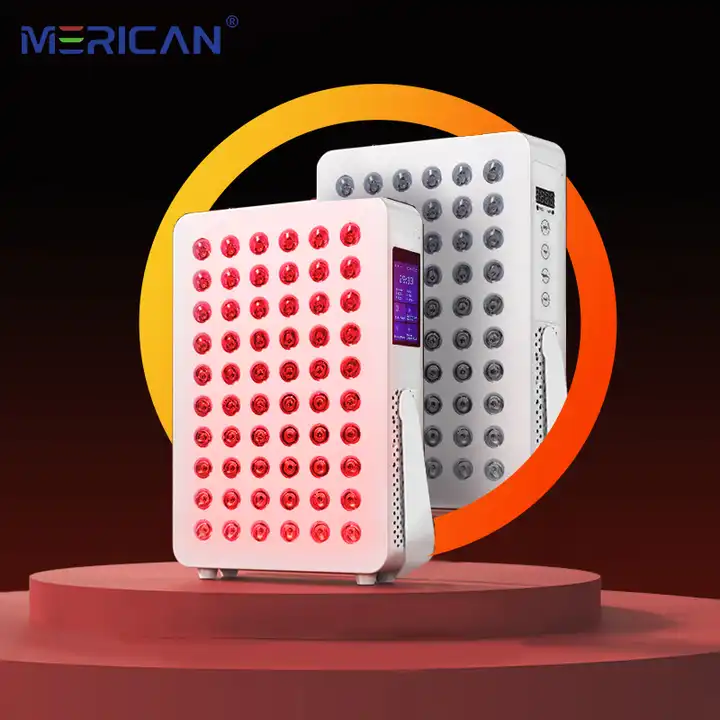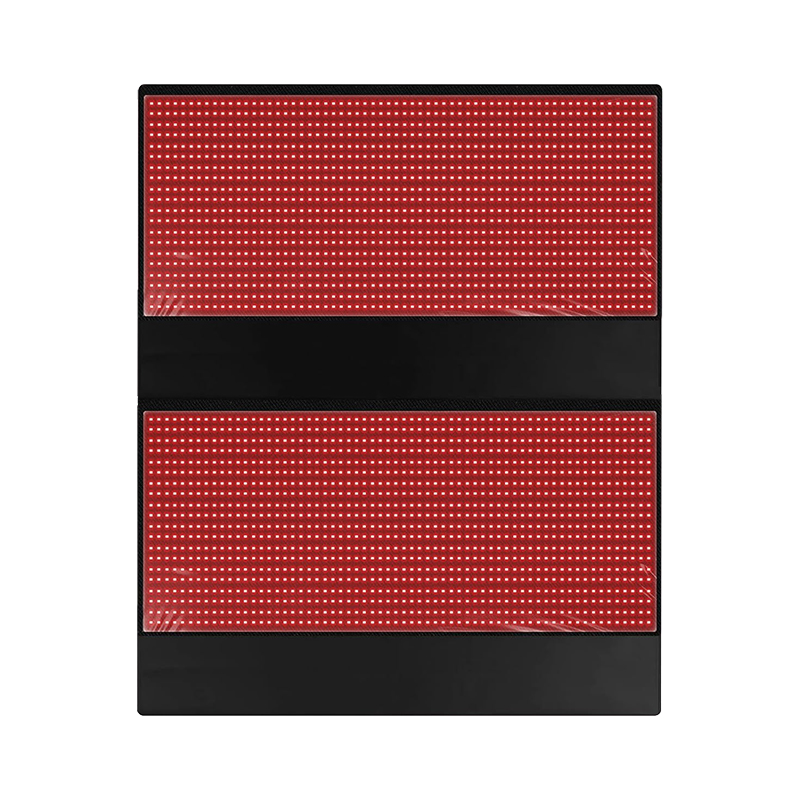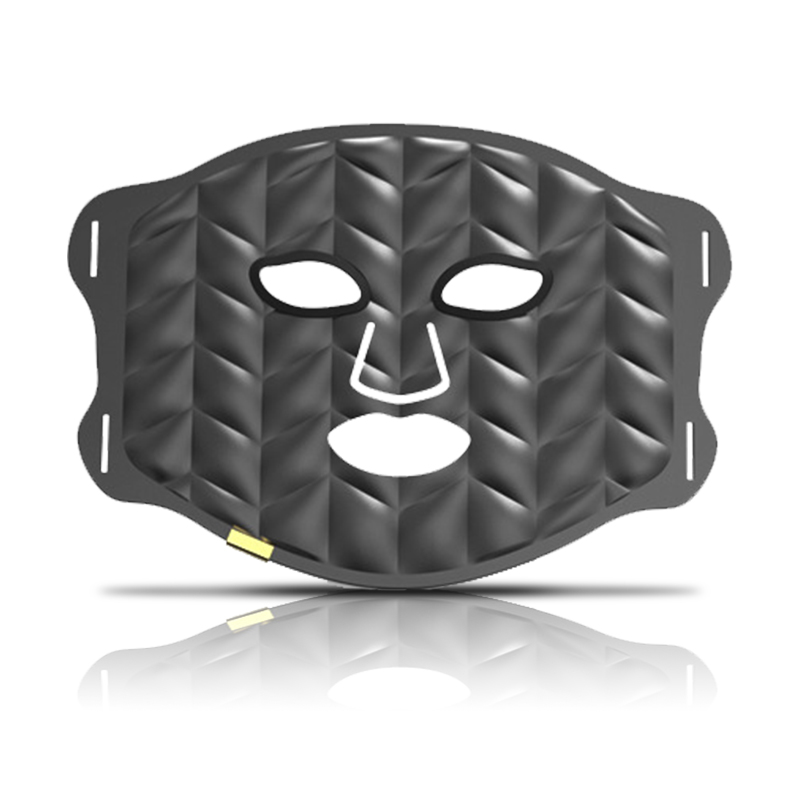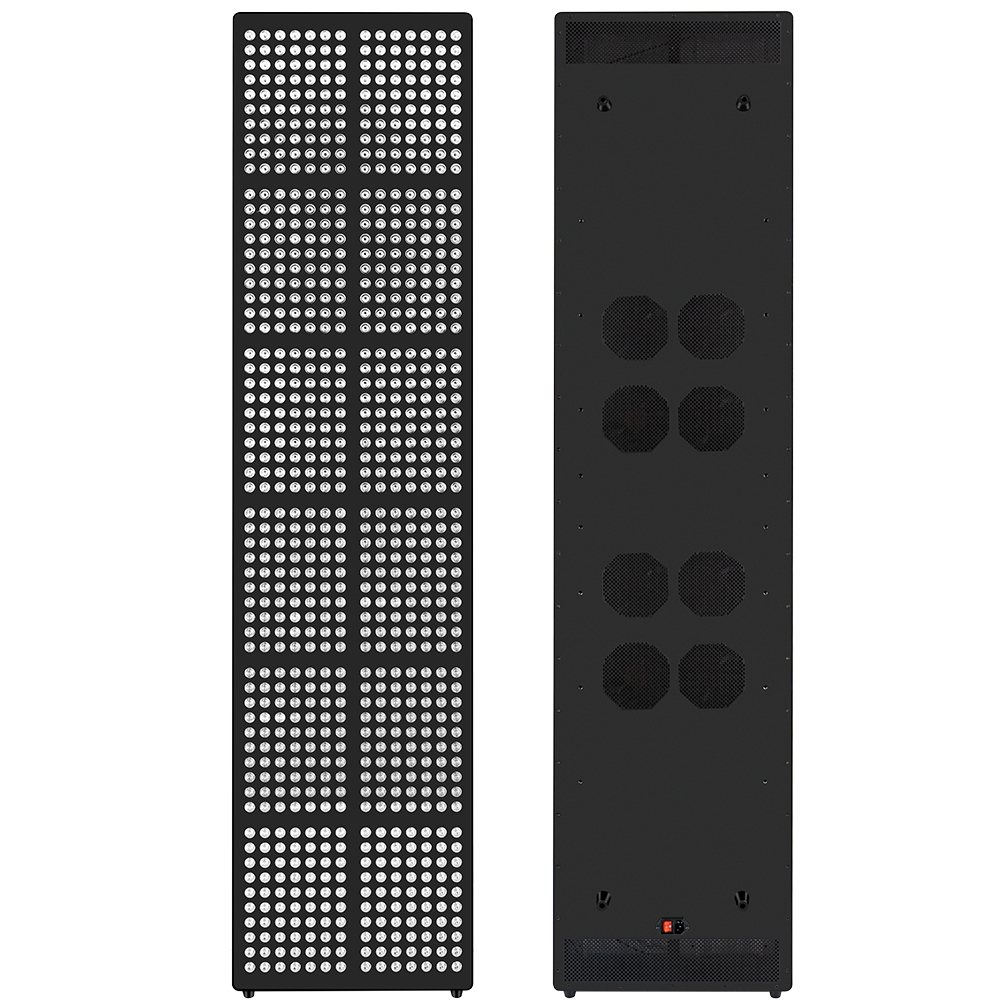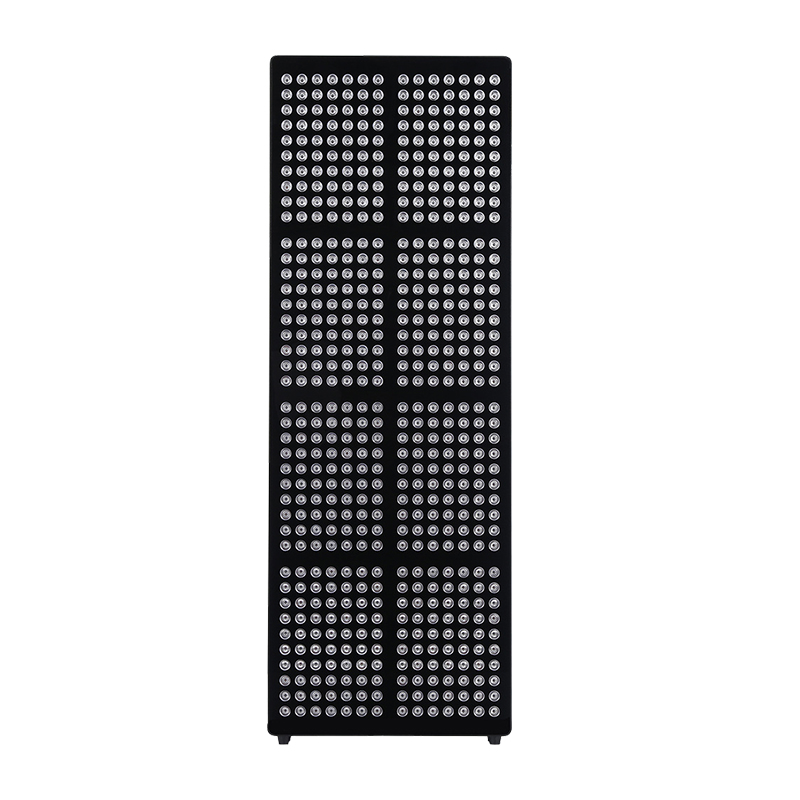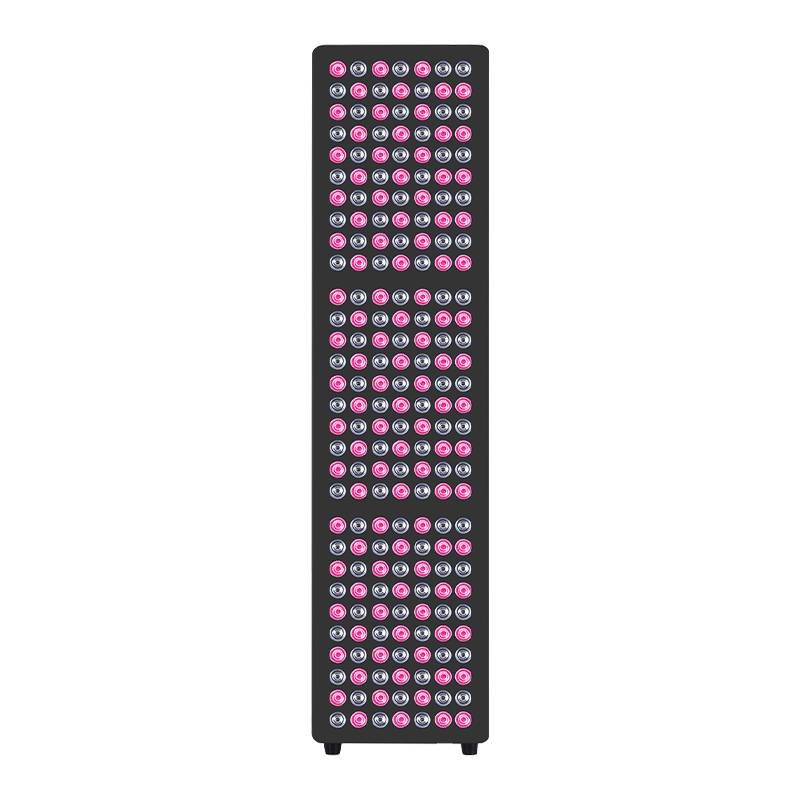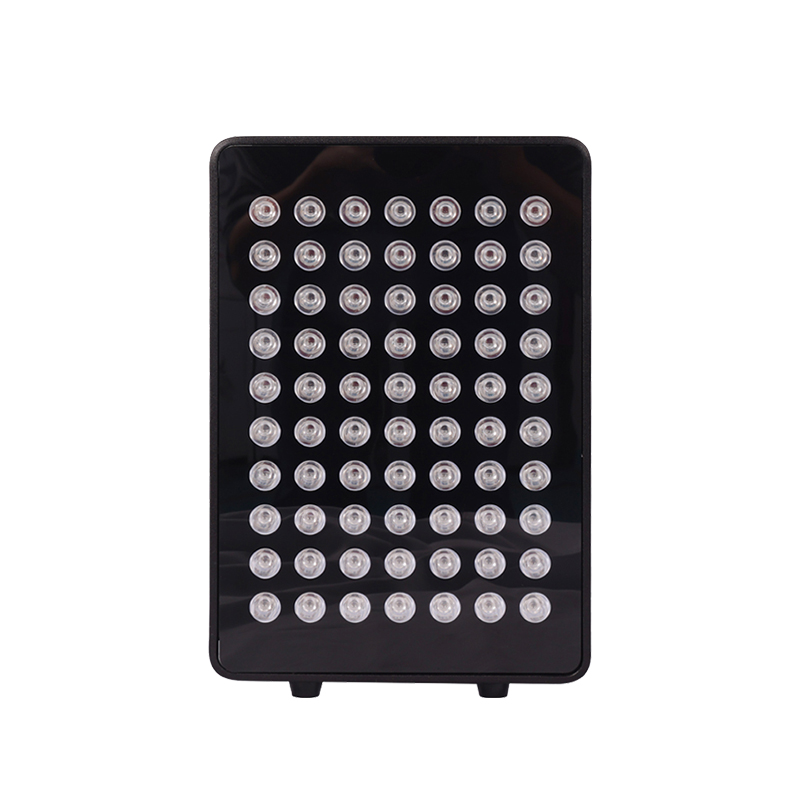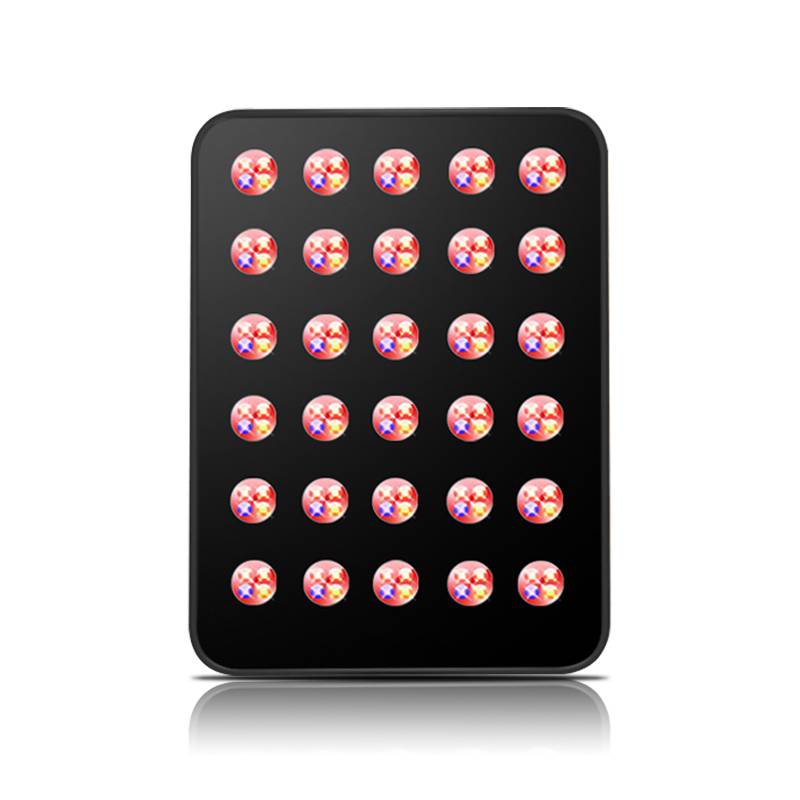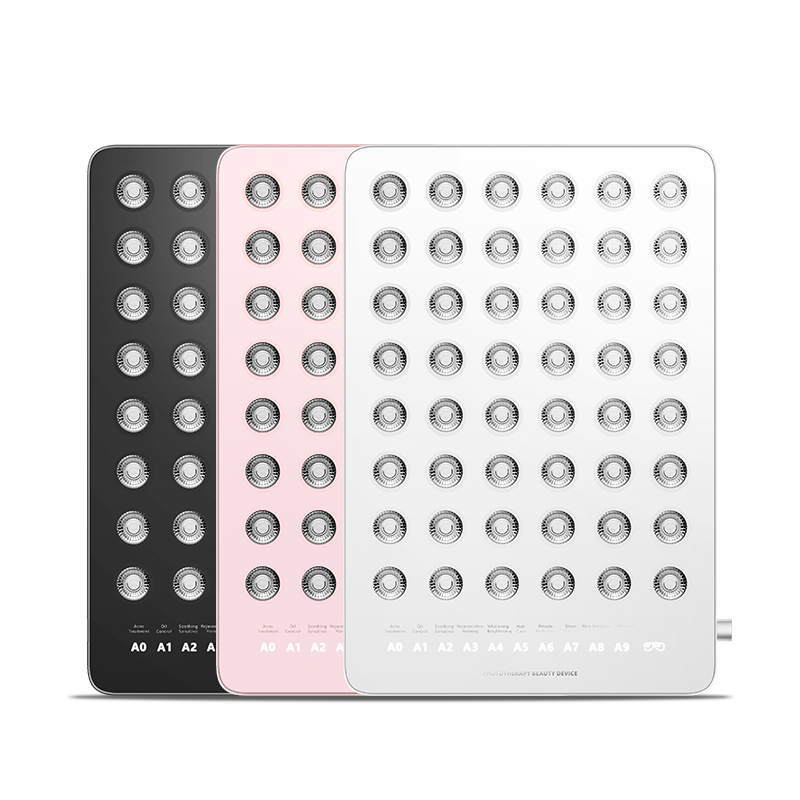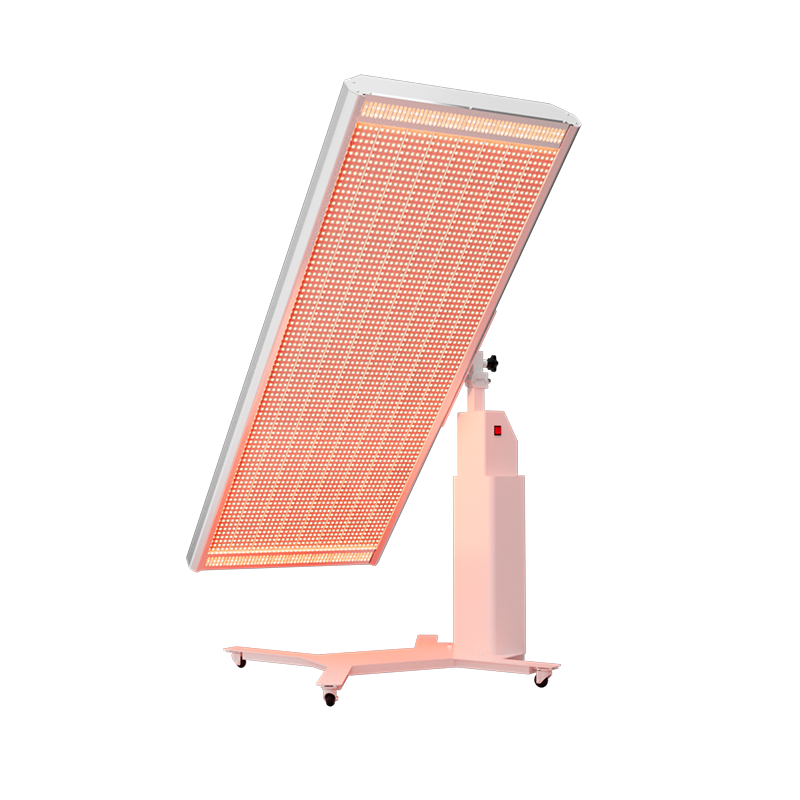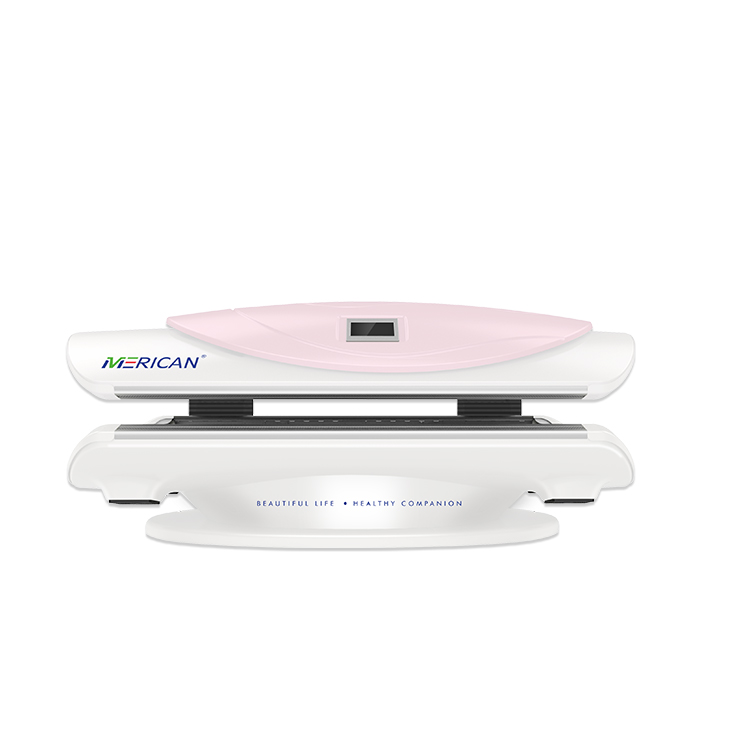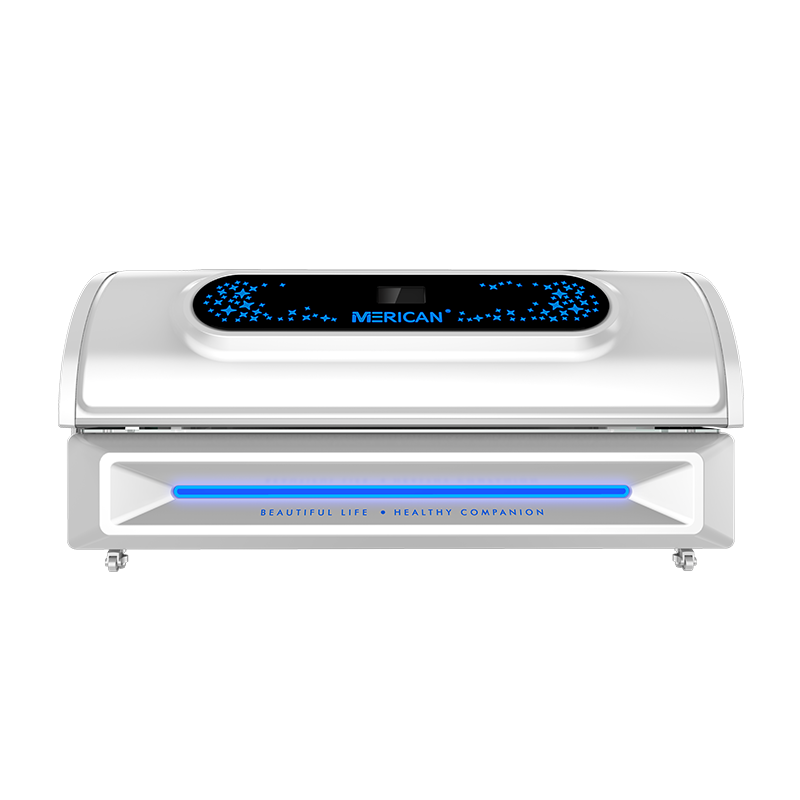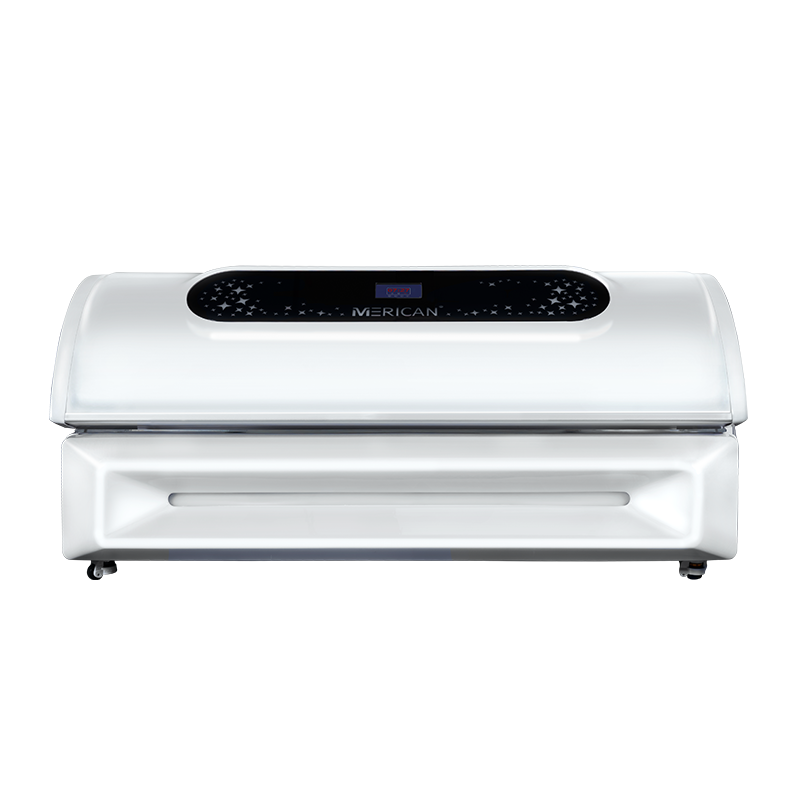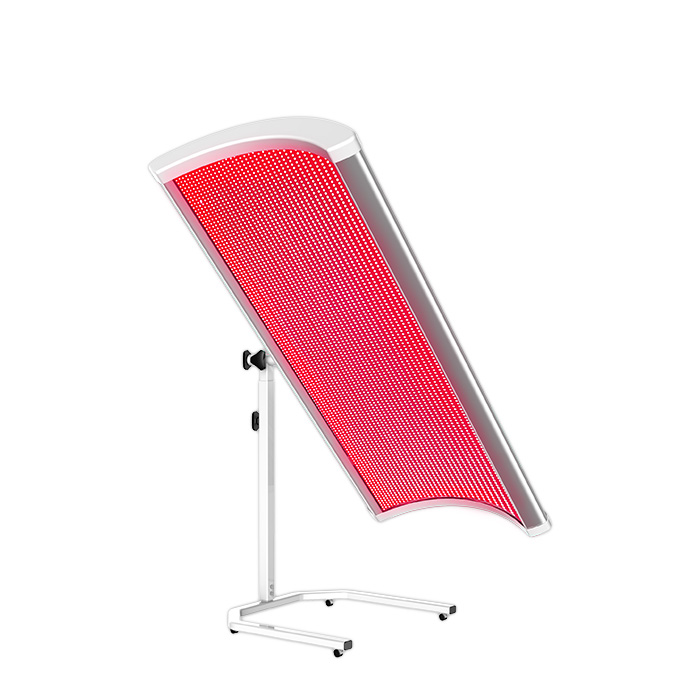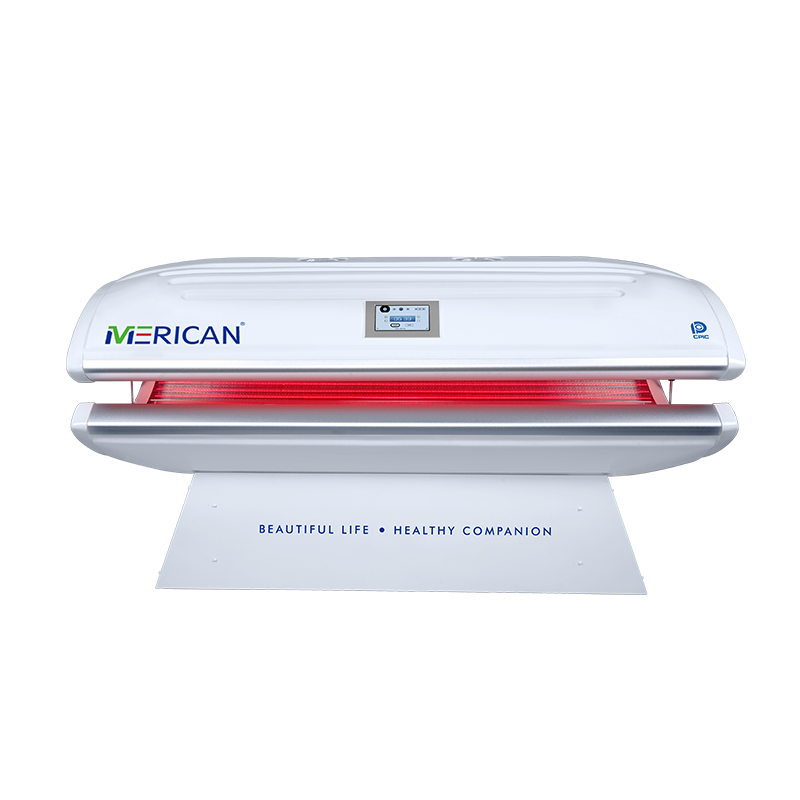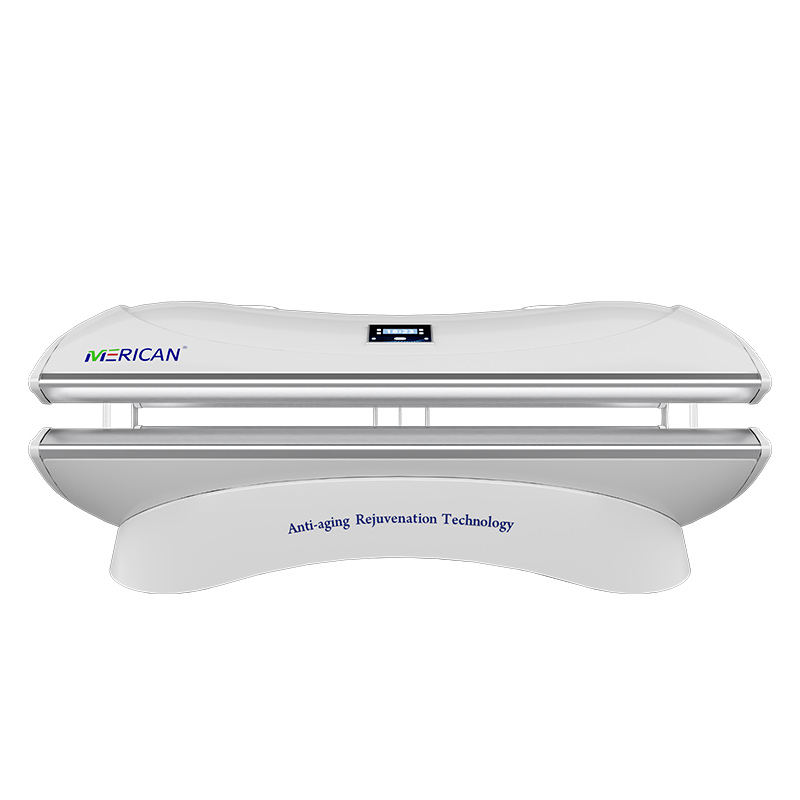빨간불 치료 (RLT), 라고도 낮은 수준의 광선 요법 (LLLT) 또는 광 보조 조절, uses 적색 및 근적외선의 특정 파장 (usually 630–660 nm for red and 810–850 nm for near-infrared) to stimulate cellular processes, accelerate healing, and improve overall tissue function.
It is backed by decades of research in dermatology, sports medicine, and regenerative medicine.
적색광 요법의 작동 방식
RLT works at the 세포 수준, primarily affecting the 미토콘드리아 — the “powerhouse” of cells.
- Photon absorption:
- Red and near-infrared photons penetrate skin and tissues.
- Cells absorb these photons through 시토크롬 C 산화효소, an enzyme in the mitochondrial respiratory chain.
- ATP 생산 증가:
- Photon absorption stimulates mitochondria to produce more ATP (아데노신 삼인산) — the energy molecule of cells.
- More ATP means cells have more energy to repair, regenerate, and function efficiently.
- Cellular signaling & gene expression:
- RLT modulates reactive oxygen species (로스) and nitric oxide (아니요) in cells.
- This reduces inflammation, 순환을 향상시킵니다, and activates repair genes.
Biological Effects of Red Light Therapy
| 효과 | 작동 방식 | 이익 |
|---|---|---|
| 콜라겐 & elastin stimulation | Activates fibroblasts | Firmer, tighter, 더 젊어 보이는 피부 |
| 상처 치유 & 조직 복구 | Increases ATP & 혈류 | Faster recovery from injuries, 흉터, and burns |
| 염증 감소 | Modulates ROS & inflammatory cytokines | Eases arthritis, 근육통, and inflammatory skin conditions |
| 통증 완화 | Improves circulation and nerve function | Helps chronic pain, 관절 불편, and post-exercise soreness |
| Enhanced circulation | Increases nitric oxide and microvascular flow | Improves oxygen & nutrient delivery, supports tissue repair |
| Hair growth stimulation | Activates follicle cells | Helps androgenic alopecia or hair thinning |
Depth & 파장 문제
- 빨간불 (630–660 nm): Penetrates superficial layers (~5–10 mm) — ideal for skin, collagen, 색소 침착.
- 근적외선 (810–850 nm): Penetrates 더 깊은 조직 (~30–50 mm) — effective for joints, 근육, 힘줄, and nerve repair.
Most clinically effective devices combine both red and near-infrared wavelengths to target surface and deep tissues simultaneously.
Supporting Scientific Evidence
- 피부 회춘: Multiple studies show 주름 감소, 피부 탄력 개선, and faster healing of scars.
- 통증 & 염증: Randomized trials demonstrate reduced joint pain and stiffness in arthritis and tendonitis.
- 상처 치유: Studies in burns and surgical wounds show faster tissue repair.
- Hair regrowth: Clinical trials show increased hair density in androgenic alopecia.
References:
- Hamblin, M.R., 광의학 및 레이저 수술, 2017
- Avci P. et al., Seminars in Cutaneous Medicine and Surgery, 2013
- Chung H. et al., Annals of Biomedical Engineering, 2012
효율성을 극대화하는 방법
- 파장: Use 630–660 nm red + 810–850 nm near-infrared for most benefits.
- 세션 기간: 10지역 당 –20 분.
- 빈도: 3일주일에 –5 번.
- Device quality: Choose devices with 높은 방사조도 / 전력 출력 for meaningful therapy.
Overexposure is generally safe but unnecessary — stick to recommended times and distance for best results.
결론
Red light therapy works by energizing cells, 염증 감소, and enhancing repair mechanisms through photobiomodulation.
It has wide-ranging benefits for 피부, 근육, 관절, and overall cellular health, backed by scientific research and clinical trials.
다음과 같은 전문 장치 MERICAN 적색 광선 치료 시스템 combine 660 nm 빨간색 + 850 nm 근적외선 LED, ensuring both surface skin and deep tissue benefits in one therapy session.

